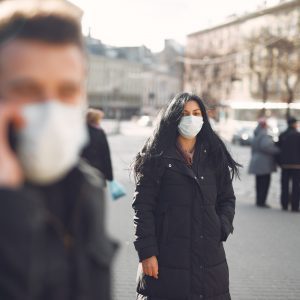Here are easy ways to boost worker productivity that won’t break the bank or take up much office time.
Adding plants, art and colour to workplaces are proven ‘quick fixes’ to make offices better work places for employees while driving sharp rises in worker productivity.
Research showed that making sure offices had these elements typically boosted productivity by 25 to 30%.
The recent trend to creating sanitised, Spartan, uncluttered offices, simply do not make people more productive. The lean, pared down office is not best for concentration or worker comfort despite the zeitgeist thinking that no distractions means greater concentration.
A green office says to employees that their employer cares about them and their welfare. Adding plants will pay off through an increase in office workers’ quality of life and productivity.
Another factor that made offices better places to work was the right use of colour.
Bland grey, beige and white offices induce feelings of sadness and depression while purple and orange workspaces also contribute to feelings of gloominess.
Scientific studies have shown that colours don’t just change our moods, they also profoundly impact productivity for better and for worse.
That’s why it’s best to decorate your workplace with a vibrant mix of stimulating hues that increase output and spark creativity.
Restful green and calming blue improve efficiency and focus. They also create an overall sense of well-being.
Red was a particularly alarming colour for the workplace and should only be used to draw employees attentions to something. Yellow should be added to places where creativity is a demand of the job and can complement the greens and blues.
A third factor that has proven to enhance productivity was art.
An enriched space makes people feel much happier and work better and a very good way of doing this is by using art.
This doesn’t mean dreadful ‘motivational posters’, which say things like “there is no I in team” or ‘whatever the problem, be part of the solution’, because these don’t work at all.
Art doesn’t make every person who looks at it inherently more creative but it gets them involved on a more intellectual level.
Aesthetic in the truest sense means energy-giving which is what a workplace needs, rather than a bland, industrial environment which can be more like giving workers a dose of sleeping pills.
A study done by Dr Craig Knight who studied the psychology of working environments for 12 years at the University of Exeter. He showed that they had never found that lean offices created better results and the more involved people were in the enrichment process, the more they are able to realise a part of themselves in the space.
People spend most of their lives at work and being in an office can become very routine. But if they are surrounded by plants, judicious use of colour and pleasing art it can create a work environment with a sense of intrigue and engagement.
Another advantage of good workplaces was that it help retain staff and reduced the amount of sick leave people took.
Linda Trim is the Director at Giant Leap.









